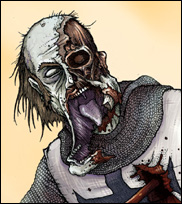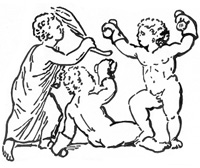“James, I am thinking of making my own fighting stick, I will use material from the native trees that grow here. I have a lathe, we have scrub oak, mountain mahogany, Bigtooth maple. The mahogany is sometimes called ironwood—very dense.
"What would you chose?
"I will make two and send you one—need dimensions, length and size of the round.
"Best regards."
-Ishmael
That sounds great Ishmael, and the way it should be. I like using rattan vine for sparring and competition because it hurts flesh and saves bone, and might recommend it for cops. But American men should use American wood—just like our women.
For durability, white oak is almost as good as hickory, while red oak is almost as bad as pine. If the scrub oak is a white oak it should make a very good training stick. Eastern black oak was regarded so highly that it was used for the sides of wooden warships—but that’s a swamp tree.
Tropical iron wood is like a glassy pipe, very deadly but prone to shatter if machined from a large piece.
Eastern Woodland Indians preferred maple for their war clubs, so I would go for maple.
Ash is a very good fighting wood if you have access to it.
The main advantage rattan has is it is a whole plant and retains a natural structure, holding up against and besting harder woods that have been machined from cut lumber. The best Asian fighting wood is wax wood, a springy hard wood harvested as a young plant. I would prefer a stick made from a limb or a sapling with a slight natural curve. I would not carve a club end or a grip just in case you need to use it. If used for defense you want it to just look like a dog walking or rattle snake stick.
For car and home you want a 20 inch stick that is 1 and a ¼ inches thick.
Outdoors I like a 28-31 inch stick. Going longer than 31 inches makes stroke recovery problematic in spontaneous situations. If you are going to 28 inches I recommend 1 inch thick, and ¾ of an inch thick for a 31 incher.
For short defensive sticks go as thick as you want so long as you can touch your middle finger to the muscle at the base of the thumb while holding the stick in a hammer grip. For the longer sticks you want to be able to touch the ring finger to the base of the thumb.
Round and sand the ends of your stick to prevent fraying and splintering, but don’t put any octagon ridges or anything fancy that could be construed as evidence of a purpose-built club.











